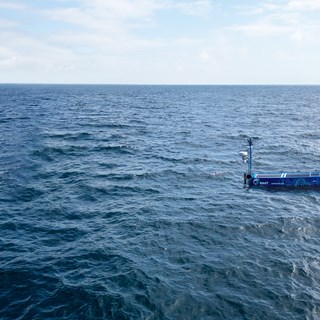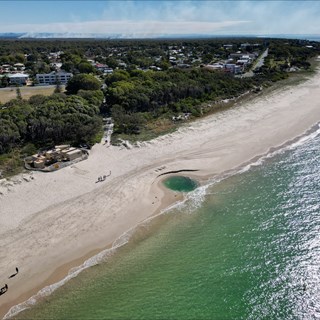Ports these days are collecting more data than ever. Real-time measurements - current speeds, tides, wave conditions, vessel movement - it’s all being logged, stored, reported. Often there’s no shortage of information.
But what we’re often seeing is: it’s not being used to make decisions.
And that’s the bit that matters most.
The right analysis unlocks the power of good data
When we talk to customers, they’ll say, “Yeah, we’ve got data on that.” And they do. But when you ask, “Is it helping you run your port more efficiently? Are you using it to plan around downtime or reduce delays?”, it’s usually, “not really”.
What’s missing is that middle step between measurement and insight. The ability to take all that data and run it through something meaningful, that actually answers the questions you’re facing on the ground.
What if you could see a delay before it happens?
Ports have massive systems in place. There are so many moving parts: berth limits, dredging constraints, channel access, vessel queues, offshore conditions. A delay in one part of the chain often causes a knock-on effect somewhere else.
If we can model the system in real time - not just measure it - we can start to flag those issues before they happen. Not just reporting after the fact but helping the operators make better calls at the time.
We’ve done this in previous projects using discrete event simulation - linking land-side processes with marine operations. We saw how powerful it was when customers could run different scenarios and see where the bottlenecks moved. That’s the sort of thing that helps people make confident decisions.
Before collecting more, ask what your data is telling you
We’re not saying ports need to invest in more sensors or more tech. A lot of them already have the inputs. The opportunity is in turning it into something useful.
And in my view, that comes down to:
- Understanding what questions need answering
- Knowing which data sources actually matter
- Running it through a tool that reflects the real processes and constraints of that port - not a generic one
Because each port is different. The weather, the berthing limits, the operational rules, the loading systems, they all play a role. So, if your model doesn’t reflect those, the insight won’t be useful.
Why this matters for customers
When data is turned into insight, customers can:
- Reduce vessel delays and demurrage
- Avoid unexpected maintenance impacts
- Operate more efficiently around weather windows
- Understand the more of the logistics chain, not just their slice of it
It’s not just about performance metrics. It’s about decision-making confidence.
Looking ahead
There’s already momentum building around this at BMT. We’ve got digital leads looking at how we can bring together the right people - not just in one office, but across the business - to help design tools that solve real problems for port operators.
But what it comes down to is closing the loop between data and action. That’s where the value is. Not just having the data but being able to act on it in real time and knowing that the decision is backed by something solid.
That’s where we’re heading. And it’s exciting.
If you're sitting on data but still unsure what it's really telling you, you're not alone. Every port faces different challenges. If you're wondering what insight might be hidden in your data, we’re happy to explore it with you.





